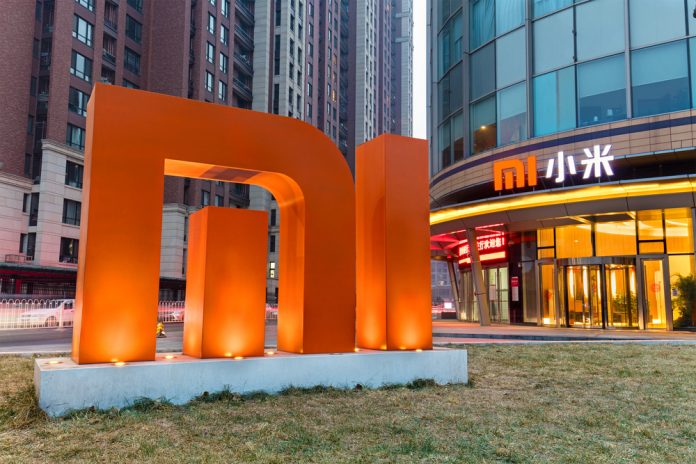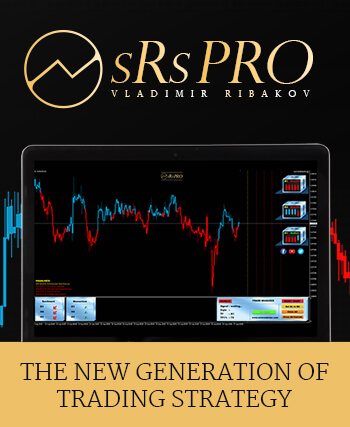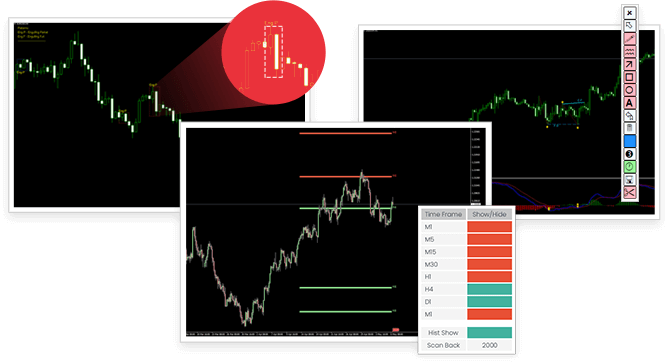
Xiaomi Inc. is a Chinese smartphone manufacturer headquartered in Beijing, China. Founded in the year 2010 by its current CEO Lei Jun and others, it has witnessed an astronomical growth rate since its inception. It was valued at $46 billion after it raised money in 2014 and is reportedly the second most valuable startup after Uber. The company has now broadened its product portfolio to include a variety of other consumer electronics like laptops, Smart TVs, power banks etc. It claimed an increase of 67.5% in its income in the previous year signalling strong success of its operations. These developments have triggered the next obvious step in the evolution of the company: IPO.
IPO
The company had earlier planned to raise a total of $10 billion from its Hong Kong IPO and its Chinese mainland offerings. The Chinese CDRs were expected to raise over $3 billion. But an alleged dispute between Chinese authorities and the company over valuation has led to a temporary halt on the mainland IPO. But still, it will be one of the largest tech IPOs after the one launched by Alibaba in 2014. The company stated that it would utilize the receipts from the IPO in investing abroad and in R&D by concentrating on technologies like AI and IOT.
Out of the 2.18 billion shares being offered in the IPO, 65% accounts for primary shares. China’s richest businessmen – Li Ka-Shing, Jack Ma and Pony Ma Huateng are also planning to invest in the Hong Kong IPO of the smartphone company which can raise a total of US$ 6.1 billion. Out of these, Li Ka-Shing is planning to invest $30 million in the IPO.
Xiaomi has the top tier of global banking elite sponsoring its IPO. These institutions included Credit Suisse Group AG, Morgan Stanley, Deutsche Bank and Goldman Sachs Group Inc.
The mainspring of the IPO
The company has already raised over $3.4 billion in multiple funding rounds from marquee names likes NGP Capital, DST Global, GIC, YF Capital, Morningside Group and others. The IPO gives an exit opportunity to some of the early investors and managers. It also allows the company to tap debt as a major source of funding going on as compared to diluting its stake for future expansion.
The Over-Valuation Fuzz
The announcement of the Xiaomi IPO has created a lot of buzz regarding the valuation of the IPO. The figures went as high as $200 billion but eventually came down to $100 billion when the company publicized its prospectus. The valuation has further decreased to touch a low of $70-$80 billion. The latest figures quote a valuation between $55-70 Billion. The reason for the decline in the valuation is rooted in the company’s business model.
The founder of Xiaomi, Lei Jun asserts that the company’s objective is to be essentially an Internet-based service provider to generate revenue from ads and online gaming whereas, in contrast, most of the revenues of the company come from the smartphone selling segment. This uncertainty and mixed signals from the company affect the company’s future outlook in the mind of the investors.
Conclusion
Xiaomi should aim to have a coherent communication policy and align it with all stakeholders’ interests. It’ll also help Xiaomi if it could establish a strong base in the United States, the largest buyer of smartphones in the world.




















